Md. Abul Hasnat
von Mises-Fisher Mixture Model-based Deep learning: Application to Face Verification
Dec 31, 2017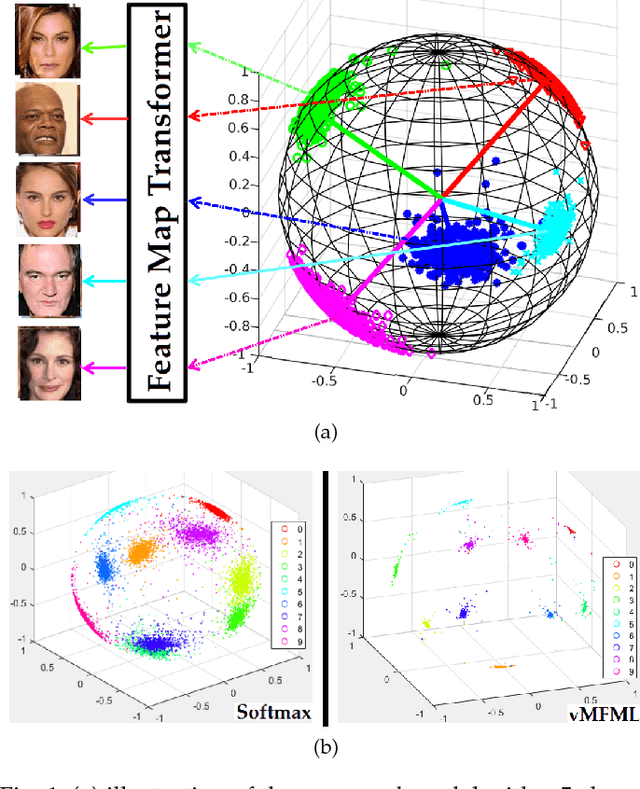
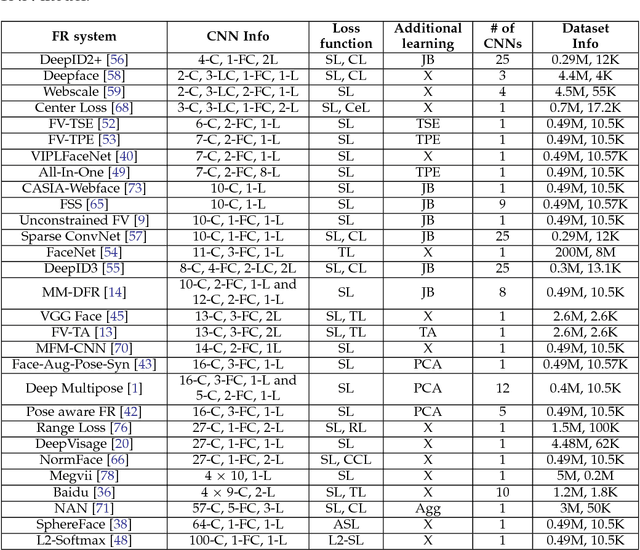


Abstract:A number of pattern recognition tasks, \textit{e.g.}, face verification, can be boiled down to classification or clustering of unit length directional feature vectors whose distance can be simply computed by their angle. In this paper, we propose the von Mises-Fisher (vMF) mixture model as the theoretical foundation for an effective deep-learning of such directional features and derive a novel vMF Mixture Loss and its corresponding vMF deep features. The proposed vMF feature learning achieves the characteristics of discriminative learning, \textit{i.e.}, compacting the instances of the same class while increasing the distance of instances from different classes. Moreover, it subsumes a number of popular loss functions as well as an effective method in deep learning, namely normalization. We conduct extensive experiments on face verification using 4 different challenging face datasets, \textit{i.e.}, LFW, YouTube faces, CACD and IJB-A. Results show the effectiveness and excellent generalization ability of the proposed approach as it achieves state-of-the-art results on the LFW, YouTube faces and CACD datasets and competitive results on the IJB-A dataset.
Spectral video construction from RGB video: Application to Image Guided Neurosurgery
Dec 14, 2016
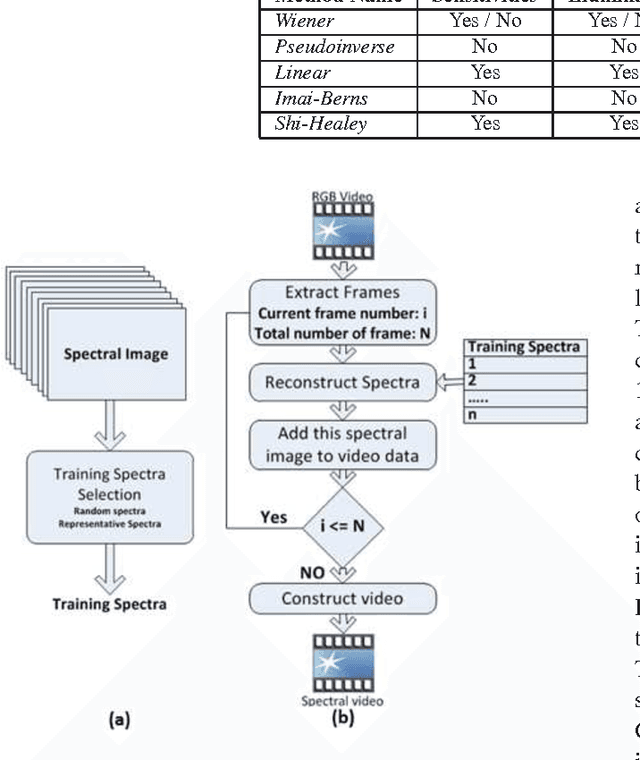
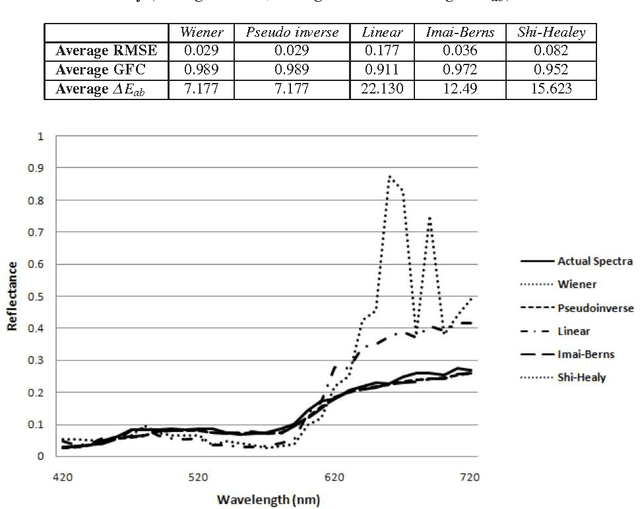

Abstract:Spectral imaging has received enormous interest in the field of medical imaging modalities. It provides a powerful tool for the analysis of different organs and non-invasive tissues. Therefore, significant amount of research has been conducted to explore the possibility of using spectral imaging in biomedical applications. To observe spectral image information in real time during surgery and monitor the temporal changes in the organs and tissues is a demanding task. Available spectral imaging devices are not sufficient to accomplish this task with an acceptable spatial and spectral resolution. A solution to this problem is to estimate the spectral video from RGB video and perform visualization with the most prominent spectral bands. In this research, we propose a framework to generate neurosurgery spectral video from RGB video. A spectral estimation technique is applied on each RGB video frames. The RGB video is captured using a digital camera connected with an operational microscope dedicated to neurosurgery. A database of neurosurgery spectral images is used to collect training data and evaluate the estimation accuracy. A searching technique is used to identify the best training set. Five different spectrum estimation techniques are experimented to indentify the best method. Although this framework is established for neurosurgery spectral video generation, however, the methodology outlined here would also be applicable to other similar research.
Opinion mining from twitter data using evolutionary multinomial mixture models
Sep 24, 2015

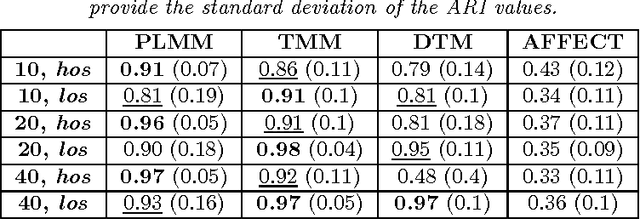
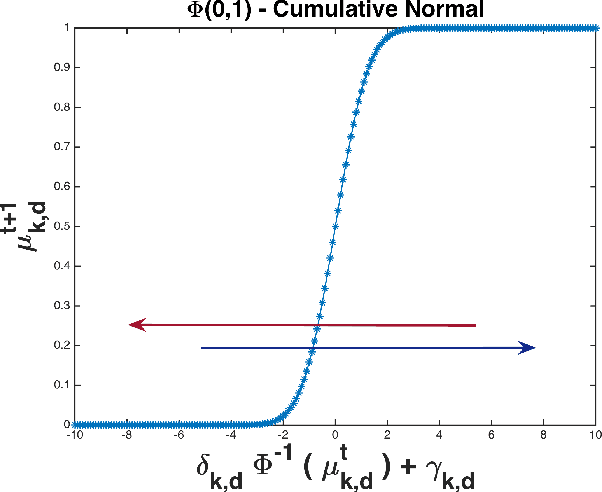
Abstract:Image of an entity can be defined as a structured and dynamic representation which can be extracted from the opinions of a group of users or population. Automatic extraction of such an image has certain importance in political science and sociology related studies, e.g., when an extended inquiry from large-scale data is required. We study the images of two politically significant entities of France. These images are constructed by analyzing the opinions collected from a well known social media called Twitter. Our goal is to build a system which can be used to automatically extract the image of entities over time. In this paper, we propose a novel evolutionary clustering method based on the parametric link among Multinomial mixture models. First we propose the formulation of a generalized model that establishes parametric links among the Multinomial distributions. Afterward, we follow a model-based clustering approach to explore different parametric sub-models and select the best model. For the experiments, first we use synthetic temporal data. Next, we apply the method to analyze the annotated social media data. Results show that the proposed method is better than the state-of-the-art based on the common evaluation metrics. Additionally, our method can provide interpretation about the temporal evolution of the clusters.
Simultaneous Clustering and Model Selection for Multinomial Distribution: A Comparative Study
Sep 06, 2015
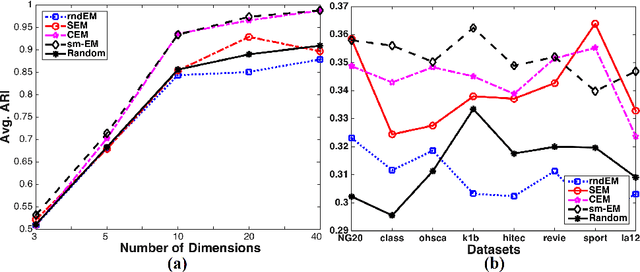
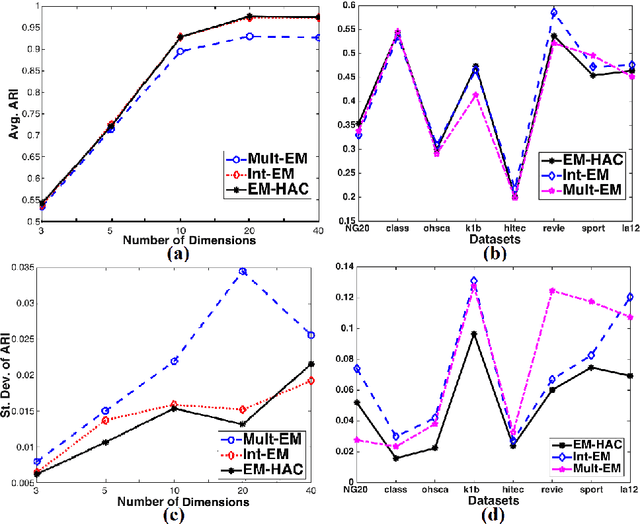

Abstract:In this paper, we study different discrete data clustering methods, which use the Model-Based Clustering (MBC) framework with the Multinomial distribution. Our study comprises several relevant issues, such as initialization, model estimation and model selection. Additionally, we propose a novel MBC method by efficiently combining the partitional and hierarchical clustering techniques. We conduct experiments on both synthetic and real data and evaluate the methods using accuracy, stability and computation time. Our study identifies appropriate strategies to be used for discrete data analysis with the MBC methods. Moreover, our proposed method is very competitive w.r.t. clustering accuracy and better w.r.t. stability and computation time.
Joint Color-Spatial-Directional clustering and Region Merging (JCSD-RM) for unsupervised RGB-D image segmentation
Sep 06, 2015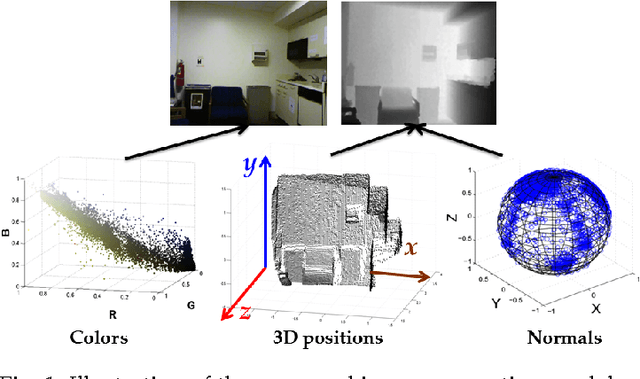
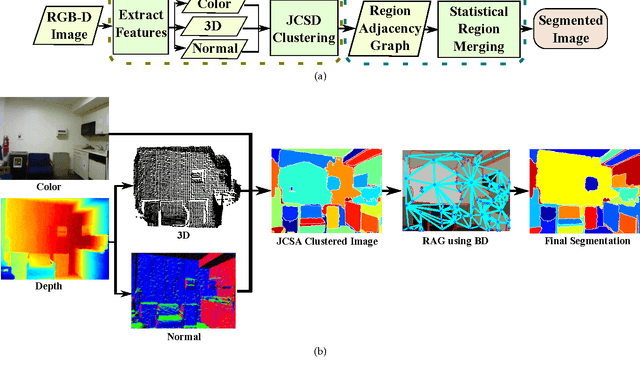

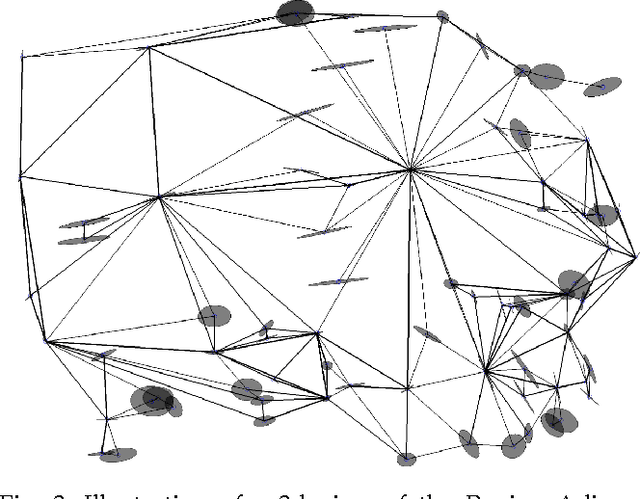
Abstract:Recent advances in depth imaging sensors provide easy access to the synchronized depth with color, called RGB-D image. In this paper, we propose an unsupervised method for indoor RGB-D image segmentation and analysis. We consider a statistical image generation model based on the color and geometry of the scene. Our method consists of a joint color-spatial-directional clustering method followed by a statistical planar region merging method. We evaluate our method on the NYU depth database and compare it with existing unsupervised RGB-D segmentation methods. Results show that, it is comparable with the state of the art methods and it needs less computation time. Moreover, it opens interesting perspectives to fuse color and geometry in an unsupervised manner.
 Add to Chrome
Add to Chrome Add to Firefox
Add to Firefox Add to Edge
Add to Edge